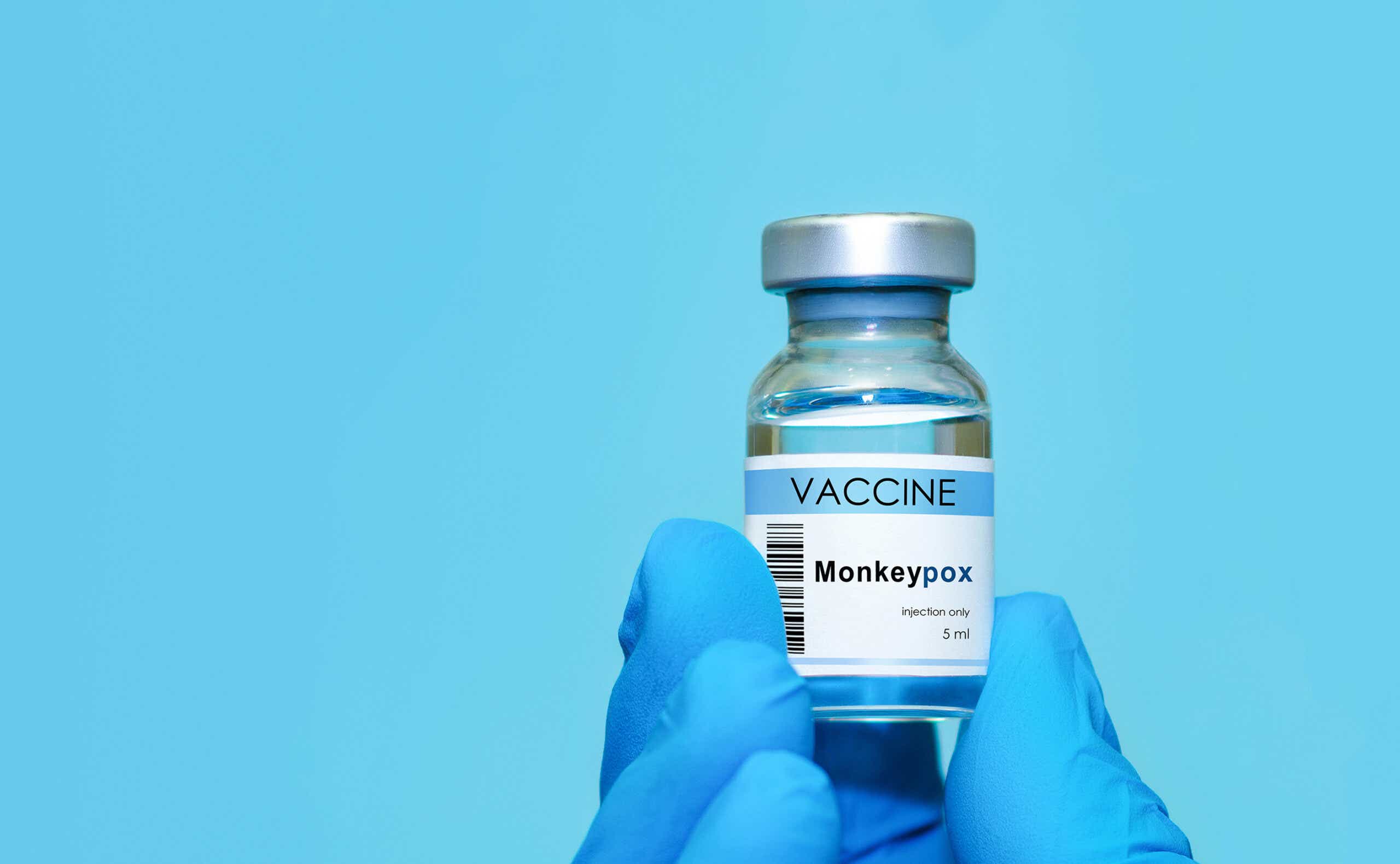As infections soar, public health experts are warning that the U.S. needs to step up its approach to containing the rapid spread of monkeypox before it’s too late.
"What we do in the coming days and weeks will really determine where we are a few months from now,” infectious disease expert Preeti Malani, MD, told NPR.
Though monkeypox has been a concern for years in Africa, it has since spread to some 75 countries and there are at least 16,000 cases. In response to this uptick, the Danish drugmaker Bavarian Nordic A/S, is now considering 24-hour production to make sure enough of its vaccine is available.
Here’s a breakdown of what’s causing epidemiologists around the world to sound the alarm and why it’s so hard to get the monkeypox vaccine right now.
What’s the latest on Monkeypox?
Over the weekend, the World Health Organization declared monkeypox a global health emergency. The label, which is the highest alert the WHO can issue, is essentially a call to action for 194 member countries, including the U.K. and the U.S., to invest resources, increase funding, and promote collaboration among countries to contain the outbreak.
The move was a controversial one, with nine members opposed to such a declaration and six in favor of it. But in an unusual step, WHO Director-General Tedros Adhanom Ghebreyesus decided to declare an emergency anyway. This comes after the agency faced criticism for not issuing the warning in late June that some experts believe would have helped galvanize international support more quickly.
Where's Monkeypox the worst right now?
In terms of what this means for the U.S., The Washington Post reports that the WHO’s declaration could put pressure on the Biden administration to issue its own public health emergency on monkeypox. After all, Health and Human Services Secretary Xavier Becerra recently told CNN that his concern level over the disease is a 10 out of 10.
So far, there have been almost 3,000 cases across the country and two of these involve kids. The areas that are facing the highest upticks include Washington, D.C., New York, and Georgia.
Where are we on Monkeypox vaccines?
Luckily, there are already two vaccines approved by the Food and Drug Administration for preventing monkeypox infection: JYNNEOS (also known as Imvamune or Imvanex) and ACAM2000.
So what’s the hold-up? Even though there’s an ample supply of ACAM2000, the CDC doesn’t recommend it for people with certain skin conditions, such as eczema, and those who are immunocompromised or pregnant. As for the alternative, the U.S. only has a limited supply of JYNNEOS, and Bavarian Nordic A/S is the only drugmaker approved to make the vaccine. In response, the company has decided to ramp up production into the night with round-the-clock shifts.
“Whatever more demand we will face, we expect to meet it with our own resources,” Rolf Sass Sørensen, Bavarian’s head of investor relations, told TIME. “One very straightforward solution is to run our production facility overnight and get more people into work shifts.”
A refresher on monkeypox
Monkeypox is a less deadly cousin to smallpox that produces similar symptoms like skin lesions. Other common reactions include fever, headaches, chills, exhaustion as well as muscle aches and backache.
In terms of how it's spread, the Centers for Disease Control says it's spread through direct contact. This can involve physical touching, such as kissing, cuddling, or sex (a study in the New England Journal of Medicine found that the spread is primarily driven by sexual activity between men). But exposure doesn’t even have to be intimate — it can also be transmitted through face-to-face interaction, like being in the same room with someone for a prolonged period of time. An infection could also involve touching common household items like clothing that might’ve come in contact with infectious bodily fluids or rashes.
But no matter how that contact is made, it can take weeks for symptoms to develop after initial exposure, and once diagnosed, it typically lasts anywhere from two to four weeks. The good news is that no deaths have been reported due to the monkeypox outbreak in the U.S., though some men have been hospitalized with painful lesions near their genitals.









